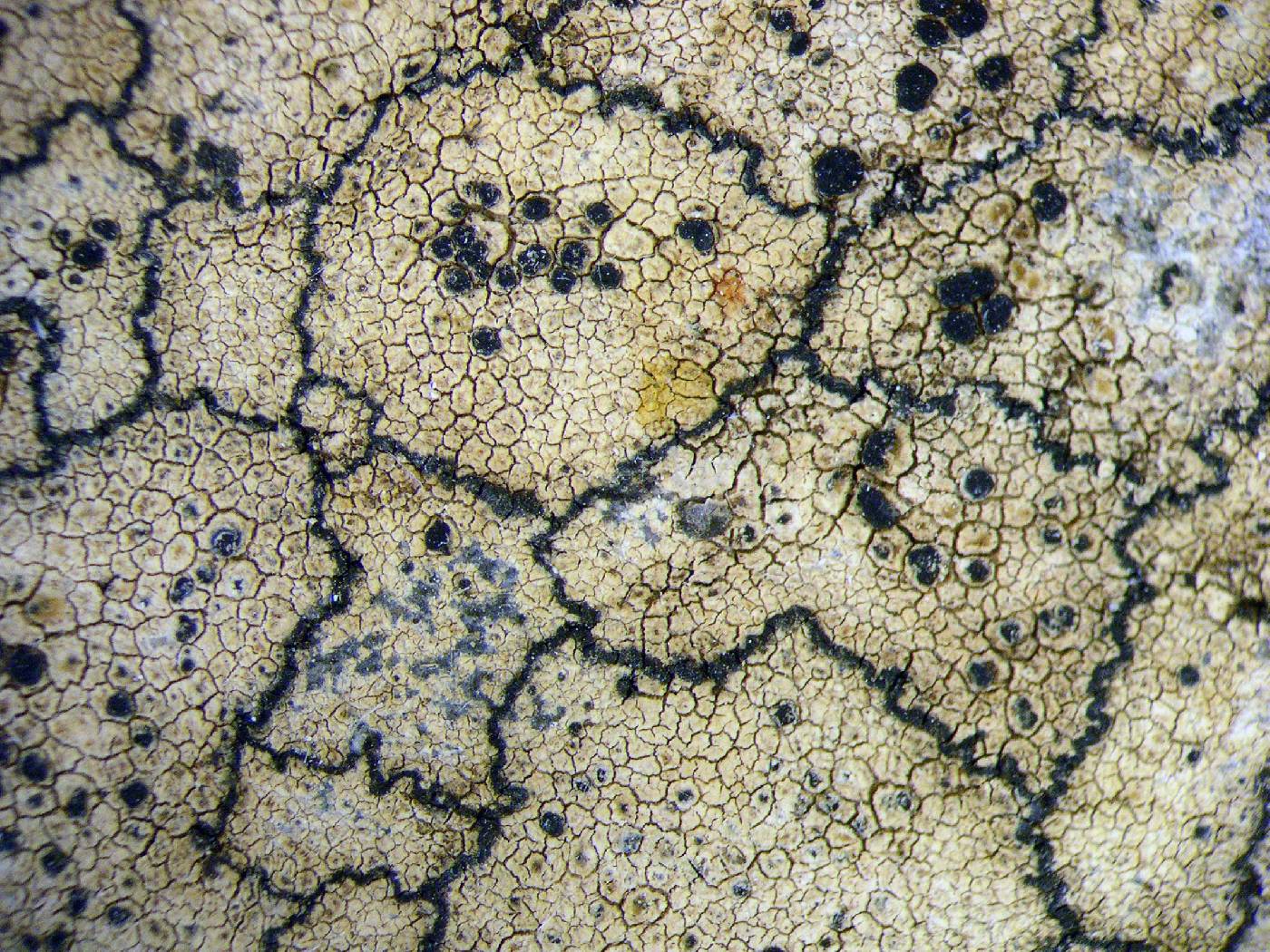
Consortium of Lichen Herbaria
- building a Global Consortium of Bryophytes and Lichens as keystones of cryptobiotic communities -
- Home
- Search
- Images
- Species Checklists
- US States: O-Z >
- US National Parks
- Central America
- South America
- US National Parks
- Southern Subpolar Region
|
Family: Lecanoraceae |
Nash, T.H., Ryan, B.D., Gries, C., Bungartz, F., (eds.) 2004. Lichen Flora of the Greater Sonoran Desert Region. Vol 2. Life habit: lichenized or lichenicolous Thallus: crustose, +superficial, sometimes immersed or without an independent thallus photobiont: primary one a chlorococcoid green alga, secondary one absent Ascomata: apothecial, sessile, orbicular, usually black, shiny, lacking a thalline margin disc: subconcave to plane to subconvex, epruinose margin: indistinct to prominent exciple: well developed, persistent, raised, black, gray, brown, green or yellow but usually dark pigmented hymenium: hyaline or sometimes blue-green or emerald-green above; paraphyses: simple, coherent in a gelatinous matrix, 1-2 µm wide below, up to 3.5 µm wide terminally hypothecium: hyaline or pale yellow-brown to blue-green to dark red-brown or brown-black asci: clavate, Lecanora-type, 8-spored ascospores: hyaline, simple or 1-3 septate transversely, ellipsoid to oblong-ellipsoid, lacking a perispore Conidiomata: pycnidial, immersed, with elongate, amplulliform, enteroblastic conidiogenous cells conidia: hyaline, simple, curved, thread-like Secondary metabolites: orcinol or ß-orcinol depsides, ß-orcinol depsidones, triterpenes, antraquinones and xanthones Geography: temperate, montane regions of Eurasia, North and South America and Australasia Substrate: siliceous and calcareous rocks or lichens. |
Powered by Symbiota









